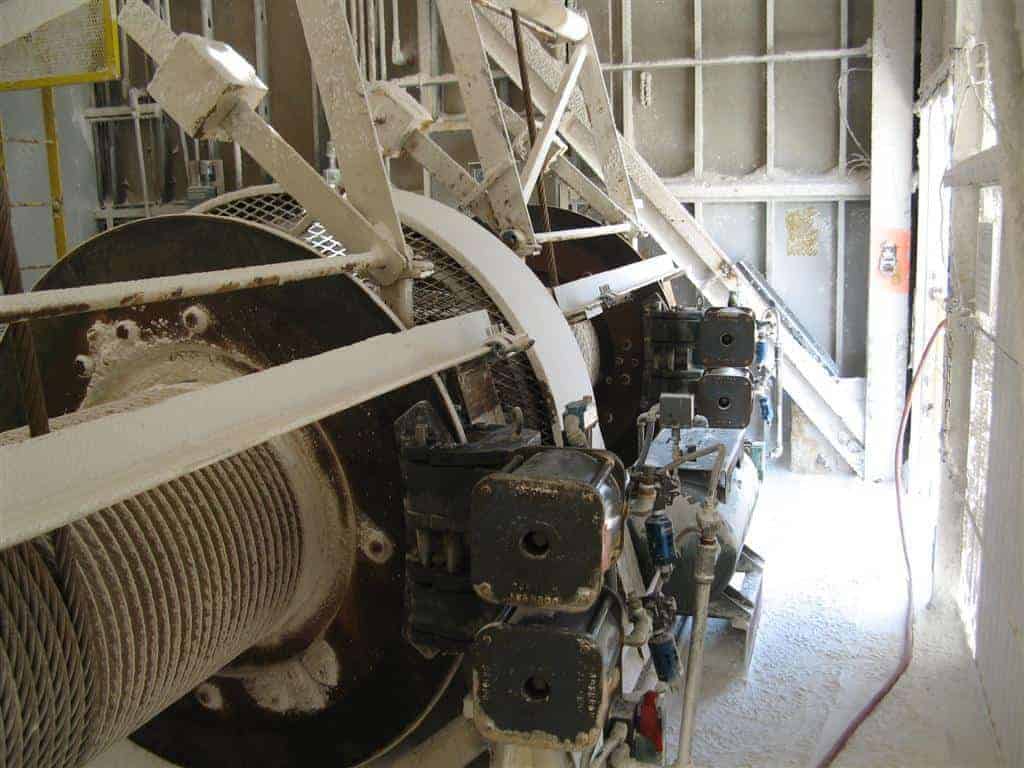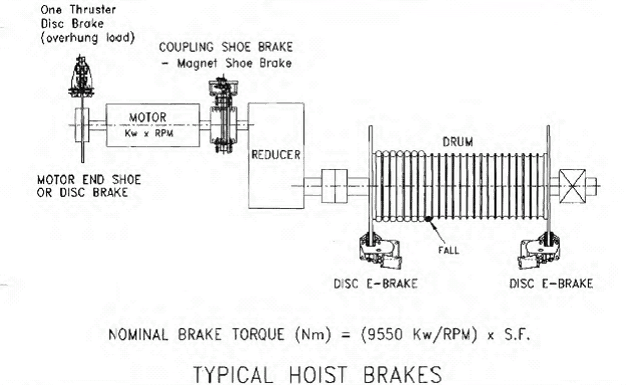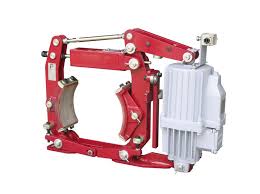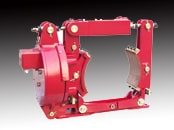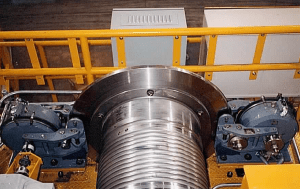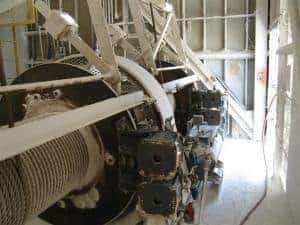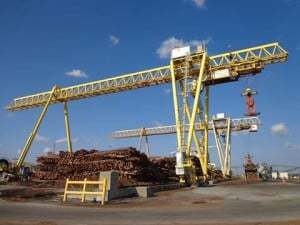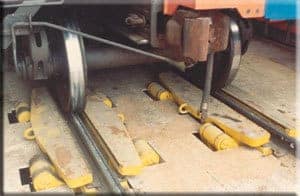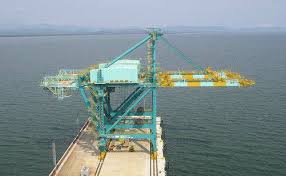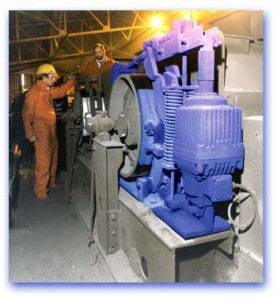
Heavy Industry Construction Crane
An OEM (original equipment manufacturer) manufactures a large piece of equipment for you, the end user. This may be an overhead crane or a gantry crane, a conveyor, stacker/reclaimer or “any equipment used for (non-automotive) heavy industry.
The OEM sells this piece of equipment to an end user. These could be a steel mill, mine, food processing plant, airport, container port, or literally any type of manufacturing entity within an industrial application.
This piece of equipment must do its job regularly and reliably for the end to profit. For example, a steel mill needs an overhead crane to help move material and process in the manufacturing of steel. Without this crane, the process comes to a halt and the job can not be done due to downtime.
An efficiently operating crane is part of the life blood surging through the veins of a successful steel making plant. So it’s only natural for end user companies to want to ensure their equipment runs at optimal capacity ensuring maximum uptime. They also want to keep costs minimal to reduce operating expense and add to their profit margin.
Therefore you might ask: “Does the OEM provide parts and service for this equipment in the long run?”
Not the Core Competency of an OEM
The answer is simply yes. The OEM does provide parts and service. However, it is NOT their core competency.
There are several variables that come into play in this scenario which create the opportunity for a MRO distributor to enter into the scene.
OEMs primarily specialize in making the equipment. They are typically very expensive products that include multiple components such as electrical, mechanical, hydraulic, etc. Some of these OEM’s do not provide the individual components. They neither service nor repair them.
Retrofit and Modernize Good Heavy Industry Equipment
Furthermore, as the heavy industry’s capital equipment ages and depreciates, there comes a definite need to retrofit and/or modernize it. For instance, a crane might be 30-40 years old.
Although it is still fundamentally a good piece of equipment, technology has improved dramatically since it was first put into production throttling efficiency.
Their also might be issues trying to keep the crane in service. The original parts may be obsolete or the OEM no longer provides maintenance manuals or instructions.
At the other extreme replacing the crane is costly and time consuming. The capital investment for a new crane might be close to $2 million alone. Plus there’s the downtime of replacement.
MRO Companies Fill the OEM Void by:
- repairing or providing service to an existing piece of equipment at a more affordable price versus replacing it with new equipment.
- troubleshooting, providing replacement parts or even reverse engineering a new part (both the latter combined with educating the customer).
- analyzing the situation and modernizing the operation. Finding suitable replacements for existing parts and thus making the process more efficient while saving the end user time and money versus buying new.
That is precisely where Kor-Pak Corporation excels if and when you find yourself in one of these situations. Kor-Pak is a service company that fills the void. We can furnish parts no longer available in standard catalogs or provide assistance with technical solutions and problem solving.
If you are looking for solutions, not merely line-card parts (what we call commodities), Kor-Pak is available. We:
- bring product expertise, project management and problem solving capabilities to the table.
- will spend the time and invest the resources to solve your problem.
- simply get the job done for you.
Call us today at (847) 680-0999 or toll-free (888) 2KORPAK (888-256-7725) and find out how easy it is to partner with Kor-Pak.

